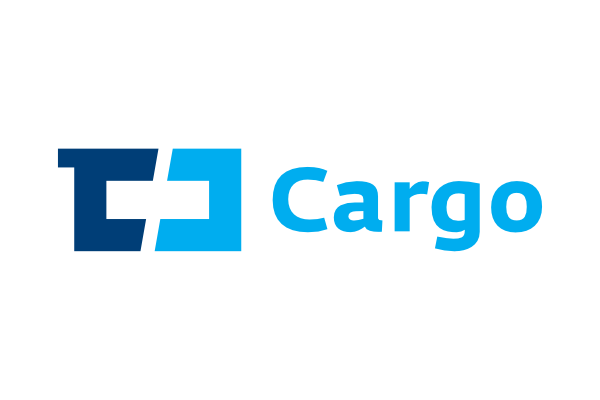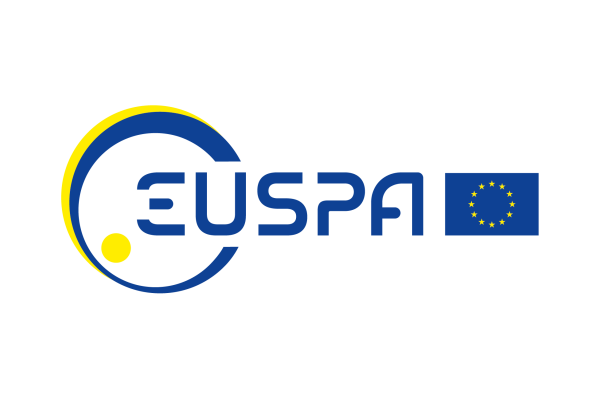Questions & answers
-
Won't the deployment of another system unnecessarily distract the driver?
NavAlarm requires no operator or additional displays and is installed on the driver's tablet directly in the NavTrain application, which displays warnings. If you do not have NavTrain, it is installed on a regular tablet separately.
-
LTE is not everywhere. Will the NavAlarm then stop working?
Not at all. LTE is not needed to issue a warning and, if not available, there is direct train-to-train radio communication. LTE covers 98% of the territory and during normal operation, trains exchange information with each other via LTE, which the train continuously updates and remembers, but the LTE outage does not affect the NavAlarm function.
-
Satellite navigation is affected by weather, valleys and tunnels, traction lines and covered stations. How would you like to achieve the required accuracy to determine the running track?
The satellite signal is the primary source of position, but not the only one. A system of additional sensors, correction signals and algorithms, its own map, all this ensures position accuracy even in demanding conditions. NavCom and NavCom X rely mainly on European satellites. Galileo in particular is known for its accuracy, which will continue to improve. These principles are based on the primary security of autonomous takeoff and landing of aircraft in three-dimensional space. Why couldn't a train on defined two-dimensional tracks use this system for a warning system as a secondary security?
-
What does such a system cost? Isn't it better to install an ETCS primary security device everywhere?
It is the price and speed of implementation that are the main reasons for implementing secondary security as a redundant layer where ETCS is planned. The low price is achieved because the train takes everything it needs with it and nothing is installed on the track. This eliminates tens of billions of costs. In addition, harmonized, globally interoperable industrial products are used, which, thanks to mass production, are significantly cheaper than special production such as ETCS. Nevertheless, the products meet the parameters of the railway standards and can be installed in accordance with the legislation. In addition, the open, modular architecture of microservices allows new technologies to be integrated into the system without the need to replace the whole, such as different radio frequencies, new types of sensors, the future FRMCS standard, which will soon replace GSM-R and transmit sufficient data.
-
So NavAlarm replaces ETCS?
No, secondary security cannot replace ETCS. However, it is better to have at least NavAlarm, the driver's assistant, on the lines than to rely systemically on human infallibility and regulations as the "main security system." Deployment of NavAlarms on unsecured routes will significantly reduce the number of accidents and incidents, but secondary systems will never replace the primary safety device. They work on a different logic - they check people and primary security guards (which sometimes also fail) to see if they are performing their function, creating an additional, redundant layer, common wherever human security is concerned. The European ETCS is soon to complete its major upgrade to level 3 and then needs to be installed as soon as possible and on as many lines as possible. Level 3 is already based on the FRMCS throughput communication system and will also allow satellite tracking of trains. We believe that the Czech Republic will be there with its technologies and the combination of primary and secondary security will significantly increase safety on European railways.
-
Isn't deploying NavAlarm in ETCS locations unnecessary?
It's not. The human factor plays a role in ETCS, for example when entering train data by the driver. Additionally there are other things to consider such as software compatibility, complicated and inconsistent operation, especially of older versions of ETCS. It is impossible to rule out a mistake or failure of a person or technical components. For such moments, it is always good to have a secondary system that alerts the driver to the impending danger. Thanks to the secondary system, eventually it will be possible to stop the train, after several years in operation.
-
Does everyone have to buy your system? That's a clear vendor lock-in, isn't it?
On the contrary, as one of the first ones in railways, we use the open architectures and global standards common elsewhere, we create open interfaces for individual modules, which can be built on by other manufacturers - we are very open to cooperation. This is sometimes called COST - Commercially available of the Shelf. We absolutely avoid building any vendor lock-in, when developing all our products. So the NavAlarm system is built in such a way that it can receive position data from other systems, which the carriers may acquire, if they can guarantee sufficient accuracy and reliability. Like our NavCom units, they can send their data to the interface of any system that has the ambition to indicate potential train collisions, or simply needs position data or quality communication for its function. We are opposed to the closure of existing railway systems, which ultimately makes the rail less reliable and, in any case, extremely expensive.
-
GPS signal can be easily tampered with, isn't this a potential security risk?
The possibility of forgery and interference, especially with the US GPS, does exist, but the European Space Agency is well aware of this situation and its Galileo system has various methods to prevent it. That is why we are working closely with the space agency on development. Fortunately, the train is not an aircraft and in the event of interference or forgery, it may rely on other sensors or stop the train completely. The Ukrainian conflict shows that satellite systems and LTE function as the most reliable systems even in the event of war.
Some answer is missing?
Don’t hesitate to ask. Thank you.
Development in cooperation with



We design the function in cooperation with members of the Federation of Train Drivers of the Czech Republic

